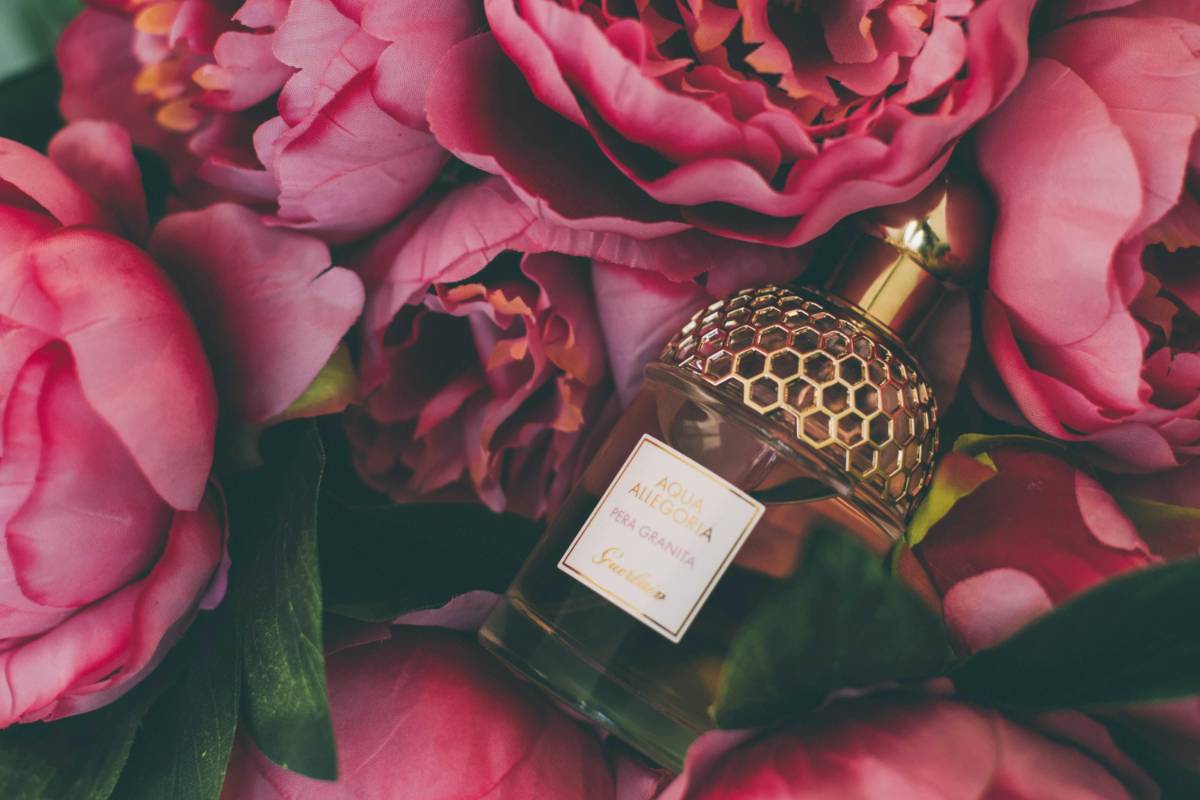
Fragrance
Scent Memory: Why Luxury Perfumes Tap into Deep Emotions
A single whiff of a luxury perfume can unlock memories buried deep in our minds. This powerful connection between scent and emotion is why fragrances hold such an intimate place in our lives.***1. The Science Behind Scent MemoryUnlike other senses, smell is directly linked to the brain’s limbic system, responsible for memory and emotion. This is why certain perfumes can evoke vivid recollections almost instantly.***2. Fragrance as Emotional Time TravelLuxury scents often bring us back to moments of love, loss, joy, or transformation. A childhood memory of jasmine-filled summers or the warmth of a leather armchair can be captured in a bottle.***3. The Role of IngredientsHigh-end perfumes use rare and potent ingredients—ambergris, oud, Bulgarian rose—which linger longer and leave more lasting emotional impressions compared to synthetic alternatives.***4. Signature Scents and IdentityPeople often choose one fragrance that becomes their “signature” not just for how it smells, but how it makes them feel—a confident meeting, a romantic encounter, or an unforgettable trip.***5. Personal Rituals and Daily AnchorsApplying perfume becomes more than routine—it’s a grounding moment. A spritz before a big meeting or night out can boost confidence and set the tone emotionally.***6. Cultural and Family ConnectionMany scents carry generational or cultural resonance. A grandmother’s powdery floral perfume or traditional attars passed through families can trigger a sense of belonging.***7. Niche Perfumery and StorytellingLuxury niche brands craft scents as narratives. A perfume might tell the story of a Moroccan spice market or a rainy Parisian afternoon, engaging the wearer emotionally and imaginatively.***8. Creating New Memories with FragranceChoosing a new perfume for a specific life chapter—weddings, new jobs, travels—helps attach a scent to those moments. Later, a revisit to that scent becomes a doorway to nostalgia.***ConclusionLuxury perfumes are more than elegant aromas—they are emotional companions. Through scent memory, they embed themselves into the fabric of our lives, making the invisible deeply unforgettable.

Fragrance
The Fragrance Wardrobe: How Luxury Scents Define Daily Style
Just as your outfit reflects your mood, personality, or occasion, your fragrance can do the same. The idea of a “fragrance wardrobe” is about matching scent to style, emotion, and moment—an elevated approach to daily luxury.***1. What Is a Fragrance Wardrobe?A fragrance wardrobe is a curated collection of perfumes that cater to different occasions, seasons, and moods. Rather than a signature scent, it promotes versatility and expression.***2. Morning EleganceLighter, citrus or floral-based perfumes—like Maison Margiela’s Lazy Sunday Morning or Chanel’s Chance Eau Tendre—work beautifully for daytime freshness and casual outings.***3. The Office EnsembleGo for subtle sophistication. Scents like Byredo’s Gypsy Water or Le Labo’s Thé Noir 29 are elegant, clean, and non-invasive—perfect for professional environments.***4. Evening GlamourEvenings call for depth and intrigue. Reach for oud-infused elixirs, warm amber notes, or seductive blends like Dior’s Ambre Nuit or Tom Ford’s Black Orchid.***5. Seasonal Switch-UpsSpring invites florals and greens, summer leans into citrus and aquatics, autumn welcomes spice and woods, and winter is for vanilla, leather, and smoke.***6. Matching Scent to FabricSilk pairs well with delicate florals, leather complements woody or musky tones, and linen loves crisp, green or marine-inspired notes.***7. Layering for DepthBuilding layers with oils, lotions, and complementary scents helps personalize and amplify your fragrance—just as layering clothes adds texture and style.***8. Fragrance and IdentityLuxury scents tell a story—about who you are, how you feel, and what you wish to express. They leave an impression long after you’ve exited the room.***9. Curating Your Scent ClosetStart with the classics, experiment with niche houses, and evolve with your lifestyle. Over time, your collection becomes a fragrant map of your style journey.***ConclusionA fragrance wardrobe isn’t about excess—it’s about intention. Just as you wouldn’t wear the same outfit every day, why wear the same perfume? Embrace scent as your invisible accessory—a final, luxurious touch to your daily style.

Fragrance
Collector’s Guide: Limited Edition Perfumes Worth Investing In
Limited edition perfumes are more than just scent—they’re wearable art, status symbols, and in some cases, appreciating assets. For collectors and connoisseurs alike, investing in rare fragrances is as much about passion as it is about prestige.***1. Why Limited Editions MatterThese rare creations often involve unique ingredients, artistic packaging, or are created to commemorate a moment in time. They become coveted not only for their smell but for their story.***2. House Releases vs. CollaborationsSome are born from in-house inspiration—like Chanel’s Les Exclusifs—while others are the product of collaborations between perfumers and artists, fashion designers, or cultural icons.***3. Bottles as MasterpiecesLimited editions often feature bespoke bottles: think Baccarat crystal, hand-blown glass, or 24k gold embellishments. These elevate the perfume to collectible status even after the last drop is gone.***4. Discontinued IconsScents like Guerlain’s Iris Ganache or Tom Ford’s Japan Noir have developed cult followings post-discontinuation, fetching high resale prices in collector circles.***5. Fragrance Houses to WatchBrands like Roja Parfums, Amouage, Clive Christian, and Maison Francis Kurkdjian regularly release collector-worthy pieces, complete with numbered bottles and certificates of authenticity.***6. Preservation and StorageProper storage is key. Keep bottles in a cool, dark place to maintain the integrity of both the juice and the packaging over time.***7. The Resale MarketPlatforms like eBay, niche fragrance forums, and auction houses have seen growing demand for ultra-rare scents. Some collectors buy multiples—one to use, one to keep, and one to sell.***8. Fragrance as an HeirloomBeyond resale, limited edition perfumes can be passed down like jewelry—an olfactory memory of generations, complete with their own legacy.***9. The Role of EmotionUnlike other investments, fragrance is deeply emotional. A scent tied to a life event, place, or person often becomes priceless to the individual collector.***ConclusionLimited edition perfumes are where craftsmanship, luxury, and memory converge. Whether you’re investing for profit or sentiment, these fragrances offer a timeless allure that few other collectibles can match.
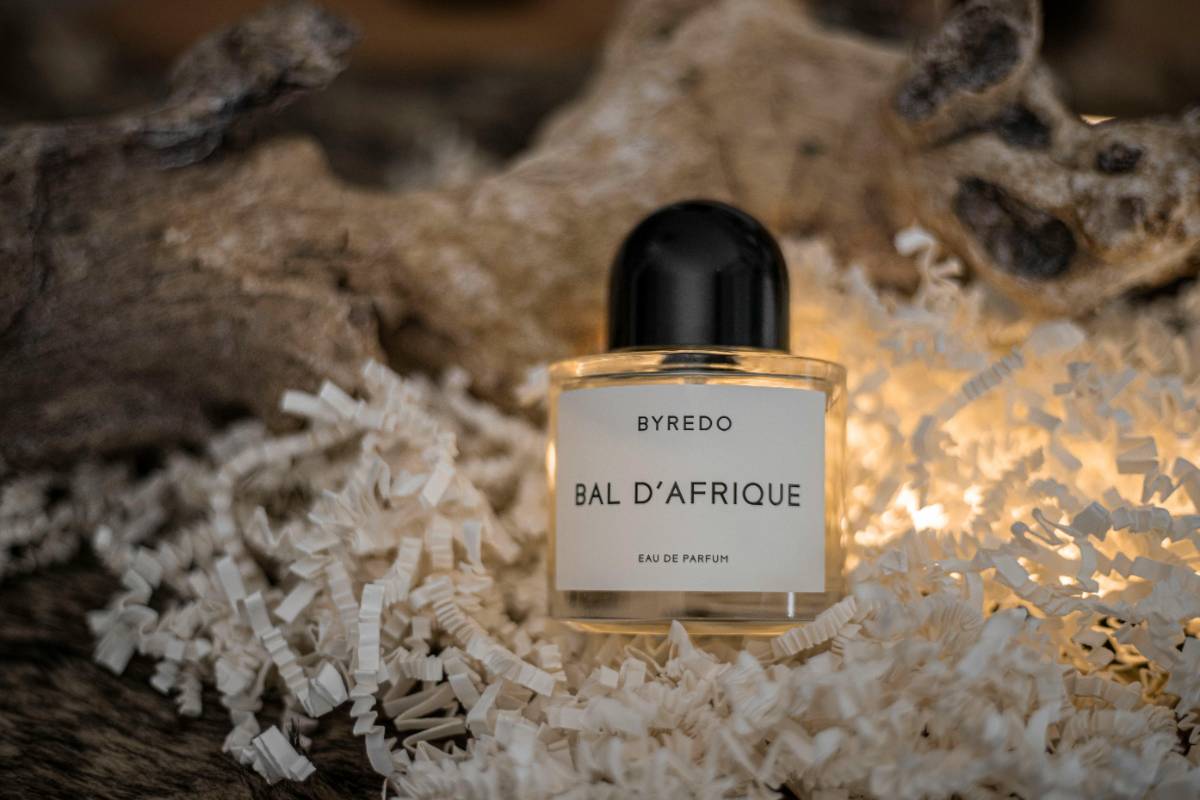
Fragrance
Inside the World’s Exclusive Perfume Boutiques
Step beyond the department store counters and into the opulent world of exclusive perfume boutiques—where scent meets storytelling, and luxury knows no bounds.***1. A Curated ExperienceThese boutiques aren’t just shops; they are temples of fragrance. Designed to heighten the senses, every detail—from lighting to music—is curated to complement the perfumes they showcase.***2. Personalized ConsultationsExpect a bespoke experience. Skilled fragrance consultants guide you through a sensory journey, learning about your tastes, lifestyle, and skin chemistry before suggesting a scent.***3. Rare and Niche CollectionsUnlike mainstream retailers, exclusive boutiques offer limited-edition scents, artisanal brands, and private collections that can’t be found anywhere else.***4. Global HotspotsFrom Paris’s Maison Francis Kurkdjian to New York’s Aedes de Venustas and Dubai’s Ghawali, these fragrance sanctuaries reflect their city’s culture and olfactory preferences.***5. Fragrance Libraries and ArchivesMany luxury boutiques house archives of historic perfumes, rare oils, and discontinued treasures—available for special order or private sniffing sessions.***6. Custom Fragrance CreationSome boutiques go a step further, offering made-to-measure perfumes. With the help of a master perfumer, clients can co-create a signature scent crafted to their exact desires.***7. Artistic PresentationFragrance flacons here are as captivating as the scents inside. Expect crystal bottles, hand-painted labels, and gold-plated stoppers that turn perfume into an objet d'art.***8. Elevated ServiceFrom velvet-gloved staff to champagne on arrival, the level of service offered is impeccable. It’s not just a purchase; it’s a luxury ritual.***9. Exclusive EventsBoutiques often host intimate fragrance launches, perfumer meet-and-greets, or scent discovery evenings for loyal clients and perfume enthusiasts.***10. Souvenirs Beyond ScentMany of these boutiques also offer fragrance-inspired candles, bath oils, and silk scarves that allow you to carry the boutique experience into your home.***ConclusionFor fragrance lovers, visiting an exclusive perfume boutique is like stepping into another world—one where scent becomes memory, identity, and indulgence. It’s a reminder that true luxury is in the details.
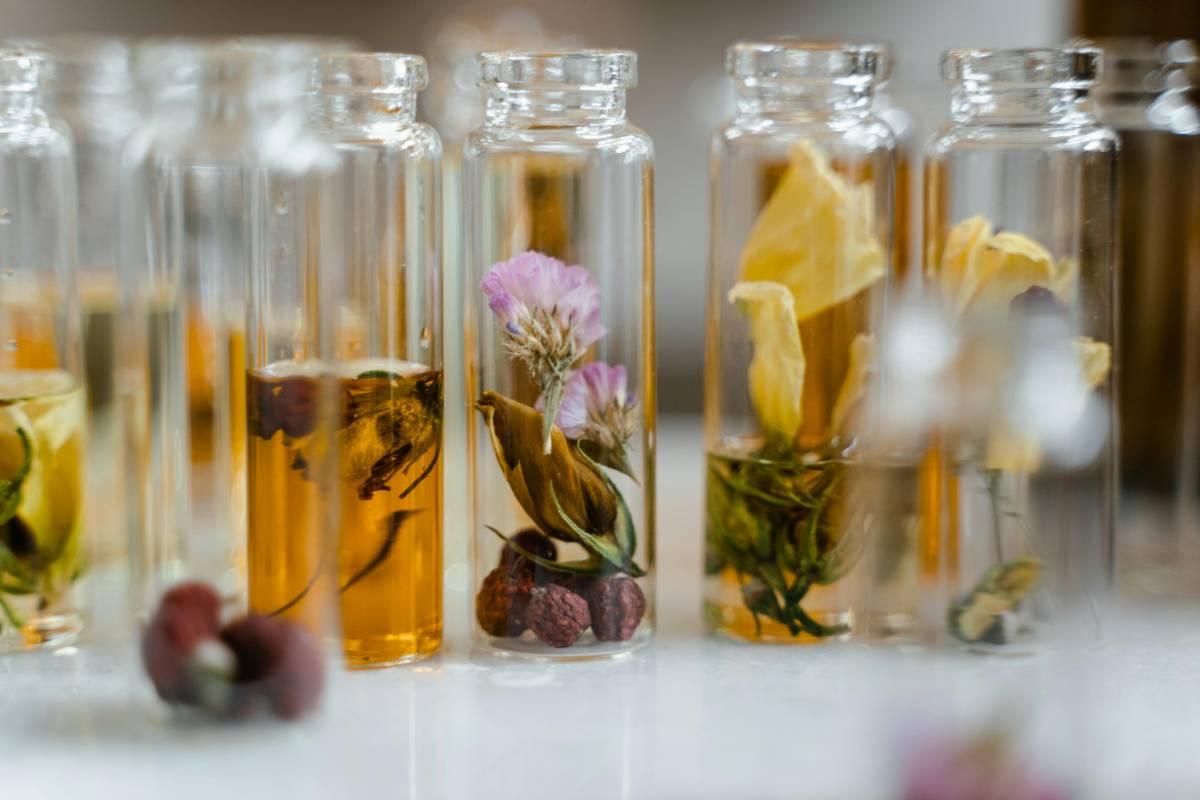
Fragrance
How to Layer Fragrances Like a Perfume Connoisseur
Fragrance layering, once a secret of industry insiders, is now a cherished ritual for those seeking a personalized olfactory signature. It’s the art of combining multiple scents to create something uniquely yours.***1. Understand the Basics of LayeringStart with lighter scents and build up to heavier ones. Think of fragrance like music—top notes are your introduction, heart notes are the melody, and base notes are the rich finale.***2. Know Your NotesChoose perfumes with complementary notes. Vanilla pairs well with woods, citrus brightens florals, and musk enhances spice. Avoid overpowering combinations by sticking to two or three fragrances.***3. Choose a Base FragranceSelect a foundational scent—usually something warm or neutral like musk, amber, or sandalwood. This anchors the composition and blends well with most other perfumes.***4. Add a Contrasting or Enhancing LayerYour second fragrance should add dimension. A bright citrus can lift a smoky base, or a floral note can soften a spicy composition. Think in terms of contrast and balance.***5. Application Order MattersSpray the heavier scent first, followed by the lighter one. Apply one to your pulse points and the other to your clothes or hair for diffusion and longevity.***6. Experiment on Skin, Not StripsFragrance layering is a personal experience—your skin chemistry will affect how scents evolve. Always test combinations on your skin before wearing them out.***7. Less Is MoreLayering doesn’t mean dousing yourself in multiple perfumes. Start with one spray of each to avoid overwhelming the senses. Adjust intensity as you learn what works.***8. Try Pre-Curated Layering SetsSome niche brands offer layering duos or trios that are designed to work together. It’s a great way to explore without the guesswork.***9. Make It a Daily RitualFragrance layering isn’t just about scent—it’s a form of self-care and creative expression. Make it part of your morning ritual to match your mood and style.***10. Keep a Scent JournalDocument your favorite combinations, what notes stood out, and how long they lasted. Over time, you’ll refine your personal signature and understand your olfactory preferences better.***ConclusionMastering the art of fragrance layering turns everyday perfumery into an experience of luxury and identity. With intention and creativity, you can craft a scent that’s as nuanced and unforgettable as you are.
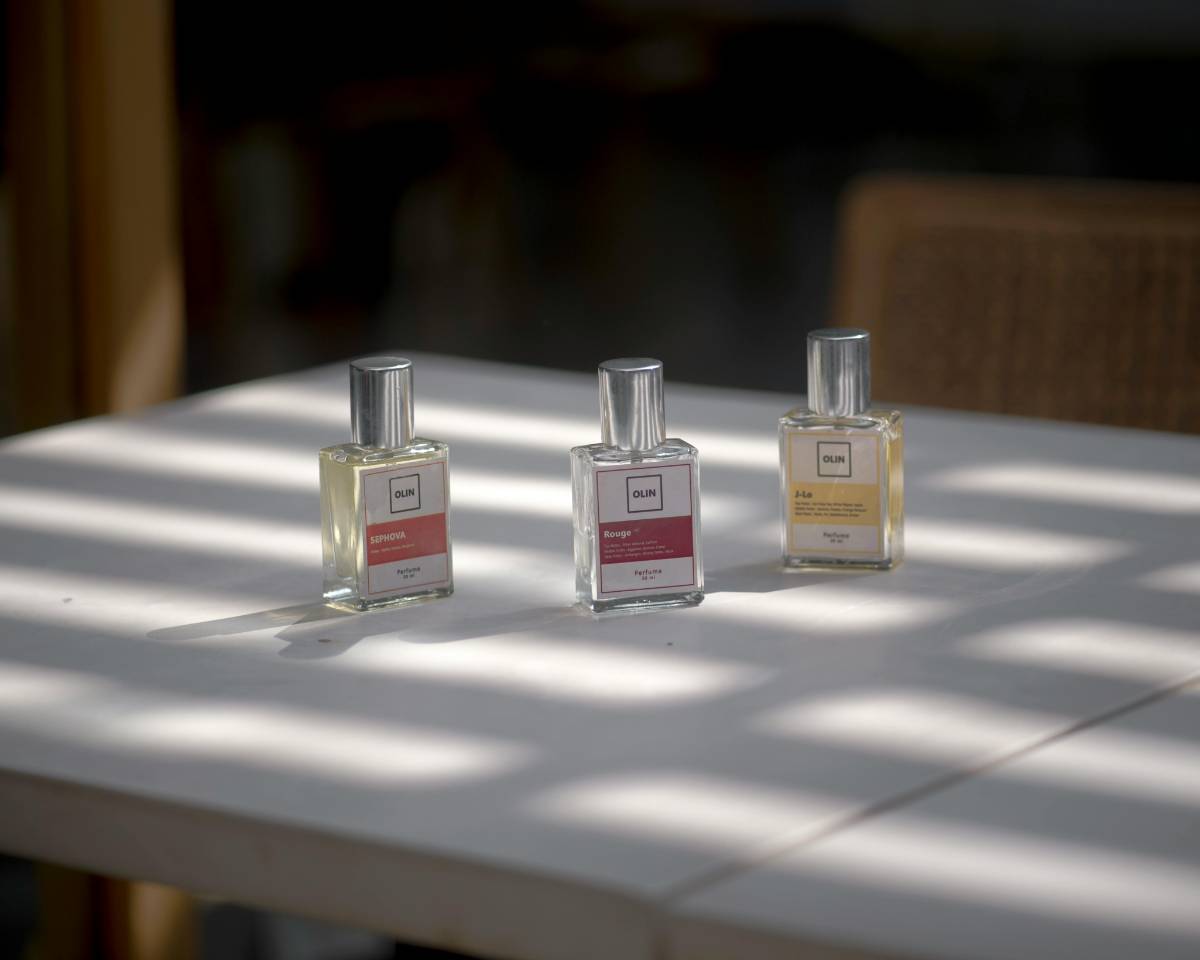
Fragrance
Genderless Luxury Fragrances Are Redefining Sensory Elegance
Fragrance has long been divided by gender norms—florals for women, woods for men. But the rise of genderless luxury perfumes is reshaping this binary, celebrating scent as a deeply personal, artistic expression.***1. Breaking Traditional BoundariesGenderless fragrances are built on the idea that scent has no inherent gender. Notes like leather, amber, musk, or citrus transcend binary classification, inviting individuals to choose based on emotion, not marketing.***2. A Modern MovementFrom niche houses to heritage brands, perfumers are embracing unisex creations. This shift reflects a broader cultural movement toward inclusivity, self-expression, and fluid identity.***3. Olfactive FreedomBy removing gender labels, perfumers gain freedom to craft unconventional blends—jasmine and oud, tobacco and rose, vetiver with vanilla—without the constraints of traditional market segmentation.***4. Luxury ReimaginedLuxury fragrance consumers today crave uniqueness over conformity. Genderless scents offer a tailored, bespoke feel, often with minimalist packaging and a focus on raw ingredients and composition.***5. Influential Brands Leading the ChangeBrands like Le Labo, Byredo, Escentric Molecules, and Maison Francis Kurkdjian have pioneered this space. Their bestsellers aren’t labeled “for him” or “for her”—they simply invite you to experience.***6. The Power of Scent IdentityFragrance can define one’s personal identity just like style or music taste. Genderless perfumes empower wearers to find their scent story based on mood, memory, and chemistry—not societal norms.***7. Minimalist Packaging and StorytellingGender-neutral scents often come in understated bottles and are accompanied by artistic narratives, emphasizing emotion and aesthetic over gender stereotypes.***8. Cultural and Generational ShiftsYounger generations, particularly Gen Z and Millennials, value authenticity and reject rigid definitions. Their demand for inclusive beauty products is driving innovation in the fragrance world.***9. The Future of PerfumeryAs boundaries blur, we’re entering a new era of perfumery that honors individuality and rejects conformity. The focus is shifting to what a scent evokes, not who it’s “meant for.”***10. A Sensory RevolutionGenderless luxury perfumes are not just a trend—they’re a return to perfumery’s roots, when fragrance was art, emotion, and ritual. They invite us to connect with scent on a deeper, more authentic level.***ConclusionThe future of fragrance is inclusive, artistic, and fluid. Genderless luxury scents invite us to explore beyond boundaries—and find beauty in what simply smells like *us*.
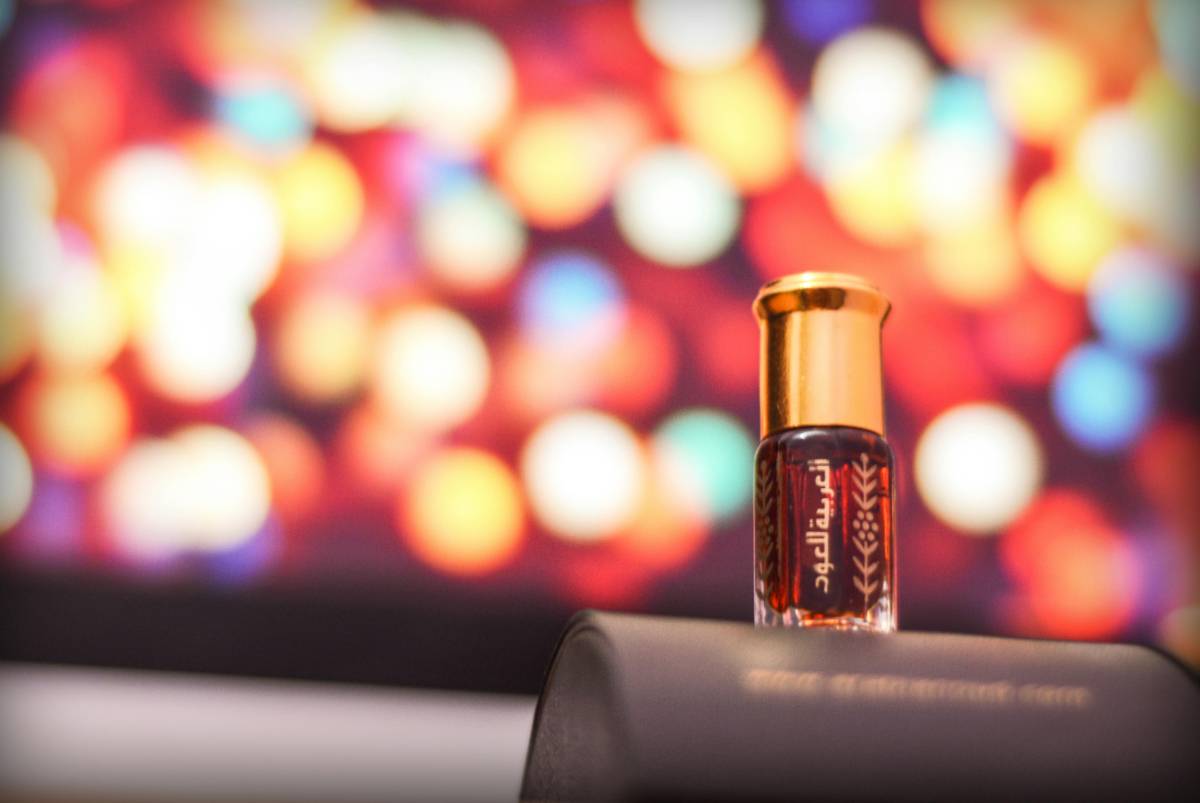
Fragrance
Why Oud Remains the Crown Jewel of Luxury Scents
Few ingredients command as much reverence in perfumery as oud, often called “liquid gold.” Its rich, resinous aroma and storied history make it the ultimate marker of luxury and sophistication.***1. Ancient Origins and ReverenceOud’s heritage dates back millennia, prized by ancient civilizations for its sacred and medicinal properties. In many cultures, burning agarwood was reserved for royalty and religious ceremonies.***2. Extraction of Agarwood OilTrue oud oil comes from the resinous heartwood of the Aquilaria tree, infected naturally by a specific mold. This rare process can take decades, resulting in a deeply complex and potent oil.***3. Rarity and PriceBecause only a fraction of Aquilaria trees produce usable resin, oud is exceedingly rare. High demand and limited supply drive prices into the thousands per ounce, solidifying its status as a precious commodity.***4. Complex Aromatic ProfileOud’s scent evolves over time—opening with smoky, leathery top notes before revealing nuances of wood, amber, and sweet balsam. This layered complexity creates an unforgettable fragrance journey.***5. Role in Perfume TraditionFor centuries, Middle Eastern and South Asian perfumers have built entire compositions around oud. Its deep, mystical character forms the backbone of many iconic oriental fragrances.***6. Modern InnovationsContemporary brands are blending oud with unexpected notes—like rose, saffron, and vetiver—to appeal to global audiences. These modern takes highlight oud’s versatility and enduring appeal.***7. Cultural and Spiritual SignificanceBeyond perfumery, oud remains a symbol of status, spirituality, and ceremony. In many Gulf countries, homes are scented with burning chips of agarwood, signifying hospitality and honor.***8. Sustainability ChallengesOverharvesting and illegal logging threaten wild Aquilaria populations. In response, ethical brands are investing in sustainable cultivation and transparent sourcing to protect this precious resource.***9. Synthetic vs. Natural OudWhile synthetic oud molecules offer consistency and lower cost, they cannot fully replicate the depth and unpredictability of authentic resin. Connoisseurs continue to value natural oud for its unique imperfections.***10. The Enduring AllureOud’s blend of history, complexity, and rarity ensures it remains a crown jewel in any fragrance collection. Its magnetic scent captivates wearers and admirers alike, transcending trends.***ConclusionIn an ever‑evolving world of perfumery, oud stands apart—timeless, opulent, and profoundly evocative. Its legacy endures, reminding us that the rarest ingredients yield the most unforgettable scents.
POSTS THAT YOU LIKE
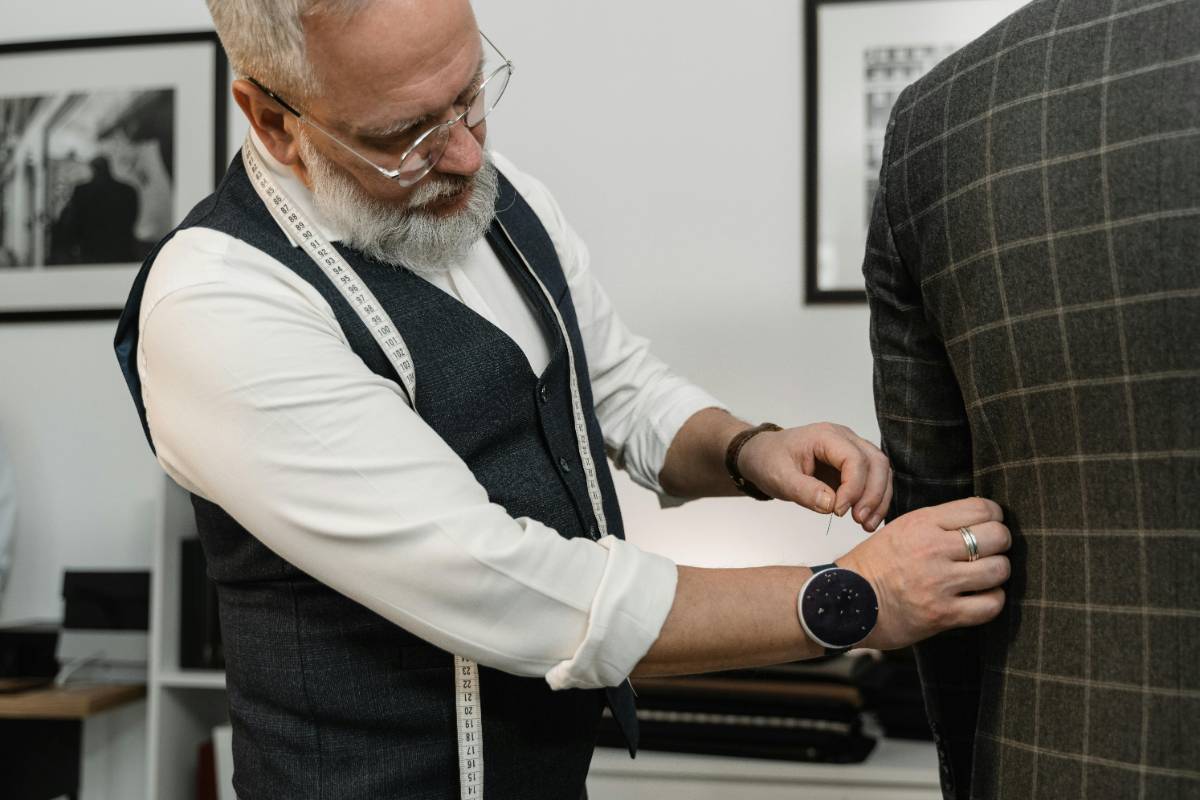
Boutique
Bespoke Over Brands: The Rise of Artisanal Luxury Boutiques
In an age dominated by mega fashion houses and logo-heavy culture, a quieter, more meaningful luxury movement is gaining ground—artisanal boutiques offering bespoke experiences. These small-scale operations prioritize craftsmanship, individuality, and soul over mass production and brand status.***1. The Shift Toward PersonalizationModern luxury consumers are seeking connection. They no longer want to be one of many wearing the same item. Artisanal boutiques provide tailored pieces, often handmade, that speak to the client’s story and preferences. It's a return to authenticity in a world of mass labels.***2. Heritage Techniques, Modern AestheticsFrom hand-stitched leather goods in Florence to custom-woven textiles in Kyoto, artisanal boutiques preserve centuries-old techniques while adapting to contemporary design sensibilities. These pieces are not just worn—they're lived in and passed down.***3. Craftsmanship as StatusToday, true luxury is less about logos and more about the labor and love behind a piece. Owning a hand-forged ring from a local goldsmith or a custom suit from a third-generation tailor is a badge of taste and cultural literacy.***4. A Slow Fashion EthosArtisanal boutiques emphasize quality over quantity. Instead of following seasonal trends, they produce fewer items with greater care. This slow fashion approach not only supports sustainability but also deepens the emotional value of each purchase.***5. Global Names, Local RootsSome artisans have garnered global acclaim while staying rooted in their local communities. Labels like The Row, Loro Piana, and Gabriela Hearst are celebrated for their use of fine materials and quiet luxury, often produced in close collaboration with skilled craftspeople.***6. Design Meets DialogueWalking into an artisanal boutique often feels like entering an artist’s studio. There’s room for conversation, discovery, and education. Customers learn about materials, process, and story—making each purchase a richer, more informed choice.***7. One-of-a-Kind PiecesCustomization is at the heart of artisanal luxury. Whether it’s a monogrammed leather wallet, a fragrance formulated just for your skin, or hand-painted loafers, these items feel uniquely yours. No two pieces are ever exactly alike.***8. A Rejection of Fast ConsumerismThis movement is also a conscious departure from the fast-paced, trend-driven retail cycle. Instead of impulse buys, customers of artisanal boutiques often build lasting wardrobes of items that gain character over time.***9. Interior Design Reflects CraftThe boutiques themselves reflect their ethos—warm lighting, natural materials, and intimate layouts. You won’t find giant video walls or digital installations here. Instead, you’ll find reclaimed wood counters, ceramic vases, and handwoven textiles.***10. The Future of Luxury is HumanAt its core, artisanal luxury is about people—makers and buyers—connecting through beauty and intention. As consumers continue to value experience, story, and authenticity, these small-batch boutiques are redefining what it means to live luxuriously.***ConclusionThe rise of artisanal luxury boutiques signals a powerful shift in consumer values. In a world obsessed with speed and scale, the desire for human touch, meaningful design, and craftsmanship is carving its own elegant path. Here, luxury is not worn loudly—it’s lived quietly, purposefully, and beautifully.
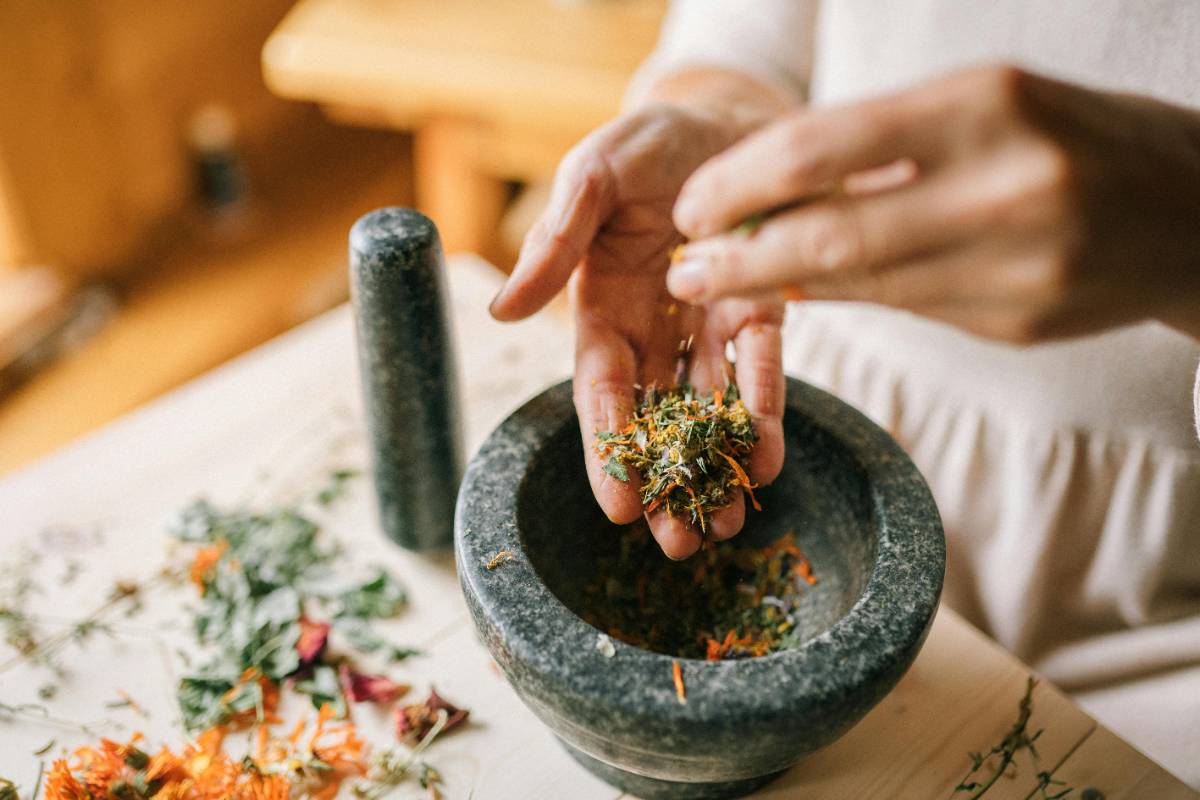
Wellness
Ayurveda to Aromatherapy: A Guide to Global Healing Rituals in Luxe Spas
In an era where luxury meets mindfulness, global healing rituals have become the centerpiece of upscale spa experiences. From ancient Ayurvedic practices in India to delicate French aromatherapy, the world of wellness has never felt more indulgent—or interconnected.***1. The Timeless Appeal of AyurvedaOriginating more than 5,000 years ago in India, Ayurveda emphasizes balance between the body, mind, and spirit. Luxe spas worldwide now offer personalized Ayurvedic therapies like Abhyanga (warm oil massage), Shirodhara (forehead oil streaming), and dosha-specific detox diets.***2. Aromatherapy: The European TouchAromatherapy, particularly popular in France and the UK, uses essential oils derived from herbs and flowers to stimulate relaxation and healing. In premium spas, therapists use lavender, rosemary, and neroli oils in synergy with light massage, creating a calming multisensory experience.***3. Japanese Onsen & Forest BathingIn Japan, healing often means immersing yourself in nature. Luxury resorts now incorporate "Shinrin-yoku" (forest bathing) and traditional Onsen hot springs into curated spa journeys. These offer detoxification, improved blood circulation, and profound mental clarity.***4. Turkish Hammams: A Communal RitualA staple of Middle Eastern wellness, the Turkish Hammam offers a ritualistic deep cleanse. In five-star resorts across Istanbul and Dubai, marble steam rooms and kessa mitt exfoliation sessions recreate the authentic, centuries-old traditions of rejuvenation.***5. Scandinavian HydrotherapyNordic spas, especially in Iceland and Sweden, emphasize cold plunges, steam baths, and saunas in structured cycles. This contrast therapy boosts circulation and strengthens immunity. High-end retreats often include ice-cold waterfalls and thermal lagoons as part of the hydro circuit.***6. Balinese Energy HealingRooted in spirituality, Balinese healing includes chakra balancing, crystal therapy, and reiki-style energy cleansing. Many resorts now partner with local healers to offer guests a deeply cultural and restorative experience amid jungle or coastal settings.***7. Moroccan Rhassoul RitualsThe use of Rhassoul clay in Moroccan traditions provides mineral-rich detoxification. Luxury hammams often follow a multistep approach: black soap cleansing, steam, clay application, and aromatherapeutic massage—leaving skin radiant and spirit revitalized.***8. Tailored Healing JourneysModern luxury spas don’t just offer treatments—they craft holistic healing journeys. Guests can curate their path with the help of wellness consultants, blending rituals like Ayurveda and aromatherapy into a multi-day immersive escape designed for restoration.***Conclusion: Cultural Wisdom in Modern ComfortAs wellness becomes more global and experiential, the marriage of age-old healing practices with luxurious amenities is redefining the spa landscape. The true essence of luxury now lies in honoring ancient wisdom while enveloping it in modern serenity.

Fragrance
Scent Memory: Why Luxury Perfumes Tap into Deep Emotions
A single whiff of a luxury perfume can unlock memories buried deep in our minds. This powerful connection between scent and emotion is why fragrances hold such an intimate place in our lives.***1. The Science Behind Scent MemoryUnlike other senses, smell is directly linked to the brain’s limbic system, responsible for memory and emotion. This is why certain perfumes can evoke vivid recollections almost instantly.***2. Fragrance as Emotional Time TravelLuxury scents often bring us back to moments of love, loss, joy, or transformation. A childhood memory of jasmine-filled summers or the warmth of a leather armchair can be captured in a bottle.***3. The Role of IngredientsHigh-end perfumes use rare and potent ingredients—ambergris, oud, Bulgarian rose—which linger longer and leave more lasting emotional impressions compared to synthetic alternatives.***4. Signature Scents and IdentityPeople often choose one fragrance that becomes their “signature” not just for how it smells, but how it makes them feel—a confident meeting, a romantic encounter, or an unforgettable trip.***5. Personal Rituals and Daily AnchorsApplying perfume becomes more than routine—it’s a grounding moment. A spritz before a big meeting or night out can boost confidence and set the tone emotionally.***6. Cultural and Family ConnectionMany scents carry generational or cultural resonance. A grandmother’s powdery floral perfume or traditional attars passed through families can trigger a sense of belonging.***7. Niche Perfumery and StorytellingLuxury niche brands craft scents as narratives. A perfume might tell the story of a Moroccan spice market or a rainy Parisian afternoon, engaging the wearer emotionally and imaginatively.***8. Creating New Memories with FragranceChoosing a new perfume for a specific life chapter—weddings, new jobs, travels—helps attach a scent to those moments. Later, a revisit to that scent becomes a doorway to nostalgia.***ConclusionLuxury perfumes are more than elegant aromas—they are emotional companions. Through scent memory, they embed themselves into the fabric of our lives, making the invisible deeply unforgettable.
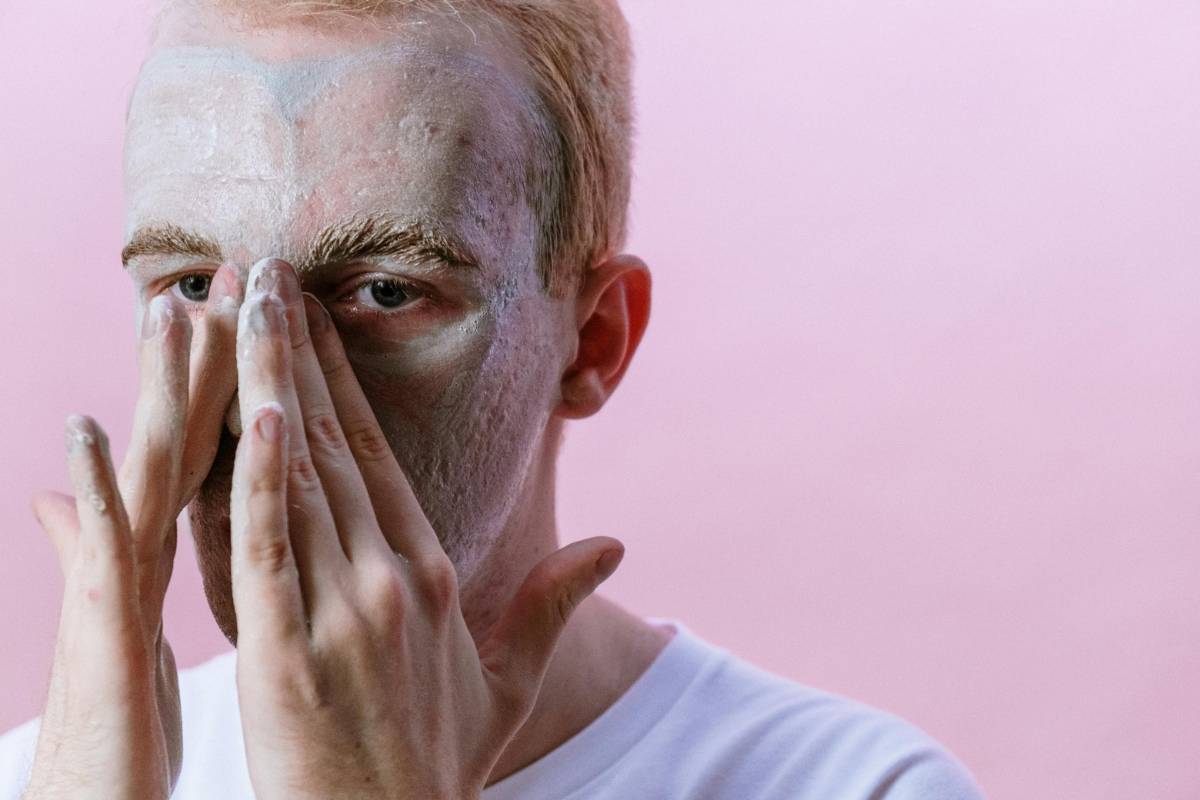
Wellness
Are Personalized Supplements the New Face of Wellness?
Wellness is becoming deeply personal. As consumers demand more tailored solutions for their health goals, personalized supplements are emerging as a groundbreaking trend in the luxury wellness market. Fueled by data, diagnostics, and cutting-edge nutrition science, these customized formulations promise to deliver what your body needs—and nothing it doesn’t.***1. The Shift From Generic to PersonalizedTraditional one-size-fits-all supplements are giving way to hyper-personalized regimens. Whether it’s a lack of energy, poor sleep, hormonal imbalance, or stress, consumers want targeted solutions. Brands are responding with custom blends based on health quizzes, DNA analysis, or blood work—designed to support individual biochemistry.***2. Data-Driven WellnessLeading companies use AI and biometric feedback to build supplement profiles. Through apps or test kits, users share information on sleep habits, dietary restrictions, mood, and physical performance. This data is used to generate a unique formulation that adapts over time—bridging the gap between wellness and tech.***3. Luxury Supplement Brands Take the LeadHigh-end wellness names like HUM Nutrition, Rootine, and Baze are elevating the supplement game. These companies offer sleek packaging, subscription models, and premium ingredients—from bioavailable vitamins to adaptogens and nootropics. It’s wellness with a designer edge, appealing to the health-conscious and style-savvy alike.***4. DNA and Microbiome Testing IntegrationSome brands take personalization a step further, incorporating genetic or gut microbiome testing. Results reveal predispositions to vitamin deficiencies, inflammatory responses, and digestion issues. Supplement plans are then curated to address these findings—creating a wellness roadmap that's as unique as your fingerprint.***5. Convenience Meets ConsistencyPersonalized packs are portioned and delivered in daily doses, removing the guesswork. Whether it’s morning boosters or night-time relaxers, everything is pre-arranged. Luxury clients value this ease, as it supports adherence and makes supplementation part of an elevated daily ritual.***6. Wellness Becomes Subscription-BasedMonthly personalized supplement boxes are now a staple of high-end wellness routines. Subscription models offer automated deliveries and ongoing updates based on feedback or retesting. The service element—complete with coaching and support—adds a concierge touch to nutritional self-care.***7. Transparency and Clean FormulationsLuxury wellness consumers demand more than results—they expect transparency. Top brands disclose sourcing, processing methods, and scientific backing for each ingredient. Formulations are clean, often vegan, non-GMO, and free of fillers or artificial additives. It’s about purity with performance.***8. Supplements as Status SymbolsA sleek vitamin case on your desk or a personalized nutrition app on your phone has become a subtle sign of status. These tailored regimens reflect self-awareness, discipline, and investment in one’s well-being. In elite circles, wellness is no longer silent—it’s branded, shared, and admired.***9. Beyond Pills: Personalized Powders and ElixirsThe format is evolving, too. Luxury supplement brands now offer custom powders, tonics, and elixirs that can be added to smoothies or water. These blends often feature superfoods, peptides, and botanicals, crafted for function and flavor—turning health into a lifestyle experience.***10. The Future: Adaptive Wellness SolutionsThe next frontier is real-time adaptability. As wearable tech gathers health metrics daily, supplement routines will evolve accordingly. Soon, AI will adjust dosages based on stress, sleep, or hormone fluctuations—creating living formulas that respond to life’s rhythms.***ConclusionPersonalized supplements are more than a trend—they’re a transformation. They represent a move toward intentional, data-informed self-care. As technology and wellness continue to merge, tailored nutrition becomes a reflection of personal power, luxury, and the future of health. For today’s elite, wellness isn’t just personalized—it’s precision-engineered.

Fragrance
Genderless Luxury Fragrances Are Redefining Sensory Elegance
Fragrance has long been divided by gender norms—florals for women, woods for men. But the rise of genderless luxury perfumes is reshaping this binary, celebrating scent as a deeply personal, artistic expression.***1. Breaking Traditional BoundariesGenderless fragrances are built on the idea that scent has no inherent gender. Notes like leather, amber, musk, or citrus transcend binary classification, inviting individuals to choose based on emotion, not marketing.***2. A Modern MovementFrom niche houses to heritage brands, perfumers are embracing unisex creations. This shift reflects a broader cultural movement toward inclusivity, self-expression, and fluid identity.***3. Olfactive FreedomBy removing gender labels, perfumers gain freedom to craft unconventional blends—jasmine and oud, tobacco and rose, vetiver with vanilla—without the constraints of traditional market segmentation.***4. Luxury ReimaginedLuxury fragrance consumers today crave uniqueness over conformity. Genderless scents offer a tailored, bespoke feel, often with minimalist packaging and a focus on raw ingredients and composition.***5. Influential Brands Leading the ChangeBrands like Le Labo, Byredo, Escentric Molecules, and Maison Francis Kurkdjian have pioneered this space. Their bestsellers aren’t labeled “for him” or “for her”—they simply invite you to experience.***6. The Power of Scent IdentityFragrance can define one’s personal identity just like style or music taste. Genderless perfumes empower wearers to find their scent story based on mood, memory, and chemistry—not societal norms.***7. Minimalist Packaging and StorytellingGender-neutral scents often come in understated bottles and are accompanied by artistic narratives, emphasizing emotion and aesthetic over gender stereotypes.***8. Cultural and Generational ShiftsYounger generations, particularly Gen Z and Millennials, value authenticity and reject rigid definitions. Their demand for inclusive beauty products is driving innovation in the fragrance world.***9. The Future of PerfumeryAs boundaries blur, we’re entering a new era of perfumery that honors individuality and rejects conformity. The focus is shifting to what a scent evokes, not who it’s “meant for.”***10. A Sensory RevolutionGenderless luxury perfumes are not just a trend—they’re a return to perfumery’s roots, when fragrance was art, emotion, and ritual. They invite us to connect with scent on a deeper, more authentic level.***ConclusionThe future of fragrance is inclusive, artistic, and fluid. Genderless luxury scents invite us to explore beyond boundaries—and find beauty in what simply smells like *us*.
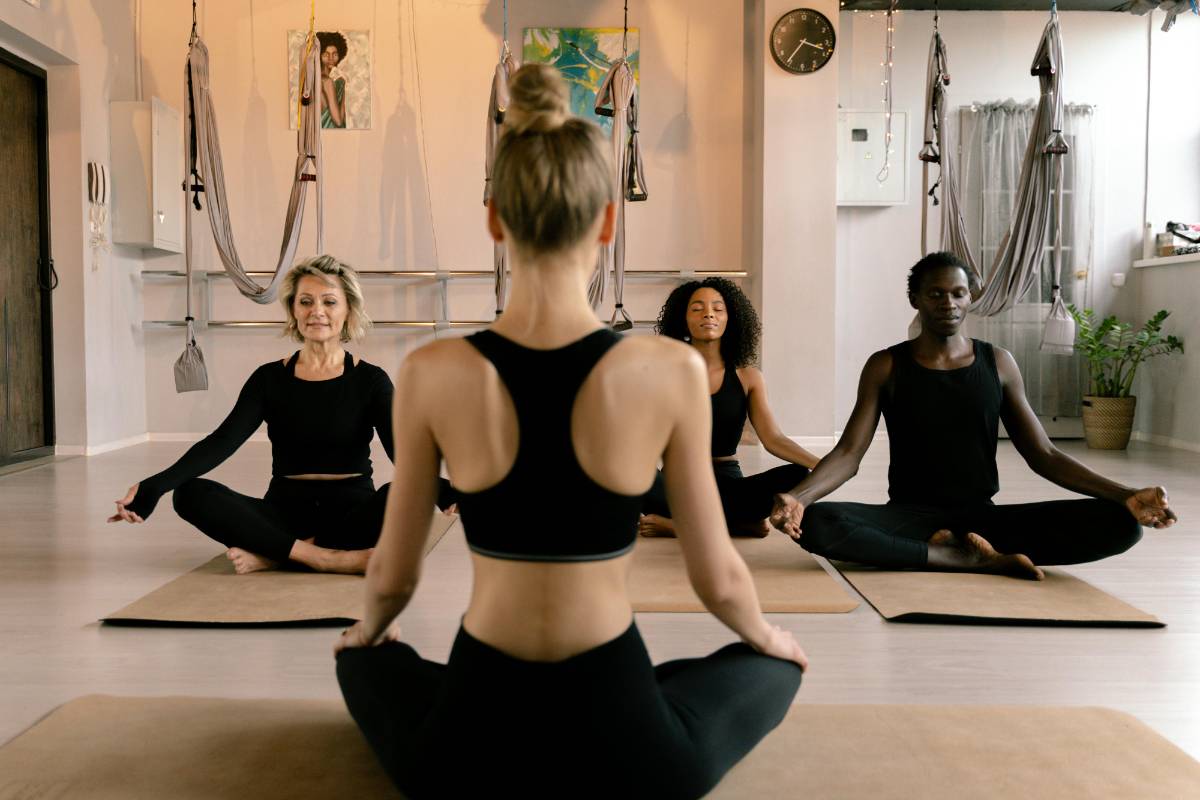
Wellness
Designer Yoga: Where Couture Meets Inner Calm
Yoga has long been associated with simplicity and serenity, but a new wave is elevating the practice with high fashion and curated environments. Welcome to the world of Designer Yoga — where couture meets inner calm, and wellness takes on a luxurious, stylish form.***1. The Evolution of a Timeless PracticeYoga has transcended its ancient roots to become a global lifestyle movement. But now, luxury fashion houses and wellness brands are merging the spiritual with the sartorial. The focus isn’t just on perfecting your downward dog — it’s on how your mat, outfit, and surroundings align with your personal aesthetic.***2. Couture on the MatFrom Lululemon x Roksanda collections to Alo Yoga’s limited-edition silk sets, yoga wear has undergone a transformation. Think cashmere-blend leggings, sculpted bras, and monogrammed wraps. Brands like Dior, Stella McCartney, and Tory Sport have introduced yoga capsules that blend comfort with high-end fashion.***3. Designer Yoga StudiosStep into studios that feel more like art galleries. Picture minimalist interiors with Italian marble floors, Japanese hinoki wood walls, and custom ambient lighting. Luxury wellness spaces in cities like Paris, LA, and Dubai offer curated soundscapes, bespoke scent diffusions, and state-of-the-art ventilation.***4. Meditation Meets MinimalismDesigner yoga emphasizes calm through design. Meditation corners are lined with linen drapes, matte ceramic bowls, and handcrafted zafus. These thoughtfully styled environments enhance the experience, merging form with function to ground the senses.***5. Elevated AccessoriesEven props have received a makeover. From vegan leather yoga mats by B MAT to marble-finish water bottles and Swarovski-embellished eye pillows — every element is selected for both utility and beauty. The result is a ritual that feels indulgent yet deeply intentional.***6. Wellness Retreats in StyleDesigner yoga is not limited to studios. High-end retreats in Tuscany, the Maldives, and the Swiss Alps now offer yoga under the stars, private sound bath sessions, and one-on-one posture correction led by celebrity instructors. It's a fully immersive luxury experience.***7. The Role of Influencers and CelebritiesStyle icons and wellness influencers have played a huge role in making designer yoga aspirational. From Gigi Hadid in The Upside to Gwyneth Paltrow’s Goop retreats, social media is flooded with serene poses in scenic spots — all impeccably styled.***8. More Than Just LooksDesigner yoga is not just about appearances. These elevated spaces and fashion-forward outfits foster a deeper commitment to the practice. When the surroundings and garments make you feel powerful and serene, the connection to your breath and body deepens.***9. Accessibility vs ExclusivityWhile some argue that this movement commercializes yoga, others see it as a natural evolution — a way to bring beauty and design into all aspects of life. Designer yoga encourages mindfulness with a modern twist, and for many, that fusion enhances dedication.***10. The Future of Fashion WellnessThe fusion of luxury fashion and wellness is just beginning. Expect to see tech-integrated yoga wear, AI posture tracking, and subscription boxes with limited-edition designer props. As personal wellness becomes part of one’s brand, couture yoga is evolving as both a trend and a lifestyle.***ConclusionDesigner yoga isn’t about ego — it’s about harmony. Harmony between fashion and function, serenity and self-expression. It’s a movement that celebrates beauty, presence, and the idea that your sanctuary can be as stylish as it is soulful.
